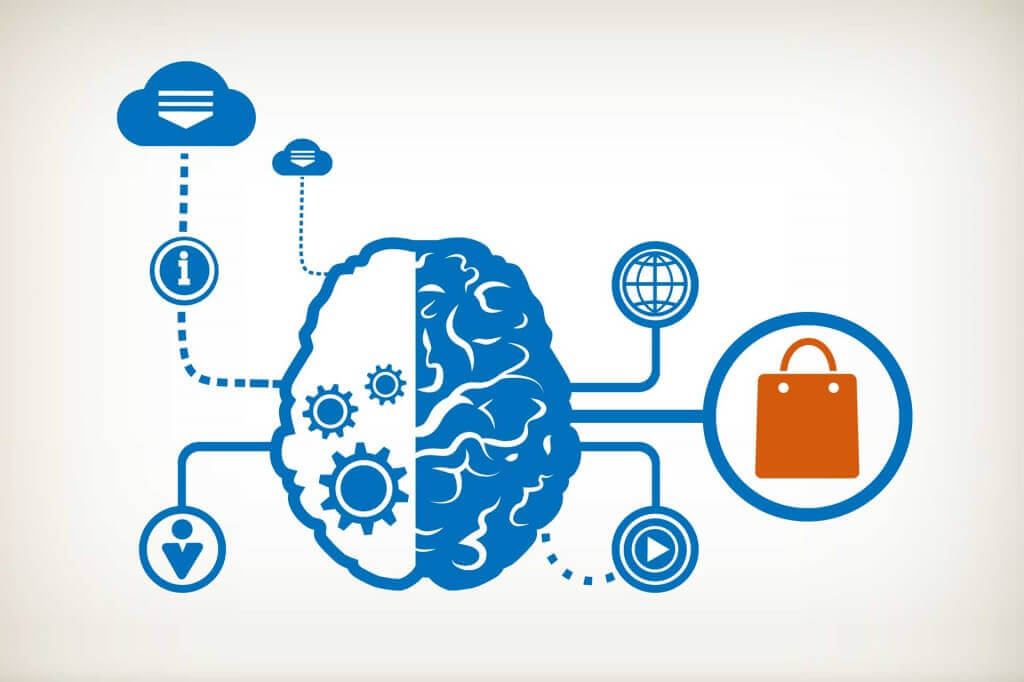
In the chaotic universe that is the daily life of Hotel Sales and Revenue Management, it can often be difficult to think of creative ways to approach pricing. Don’t worry, I’ve got you covered. Here are five studies that reveal insights into some interesting psychological aspects of pricing that you can exploit in your pricing tactics.
1. Effect of Useless Price Points
Dan Ariely, professor of psychology and behavioral economics at Duke University, analyzed the subscription sales for The Economist magazine and realized that adding a “useless” price point actually increased the sales of the premium subscription.
Dan set these 3 peculiar price points:
- A web-only subscription for $59
- A print-only subscription for $125
- A web + print subscription for $125
Option 2 seems “useless” in that you’d stick with option 3. The result is that an overwhelming number (84%) of subscribers chose option 3 because it looked like more of a bargain that option 1. In fact, when Ariely removed option 2, the purchase of 3 plummeted to 32%. In effect, what Ariely’s pricing scheme managed to do was convert “discount” seeking shoppers to “value” seeking shoppers.
Could this relative pricing trick be used to sell more premium rooms? For example, when you are sitting on a lot of premium rooms because a Group took all of your standard rooms, instead of lowering the rate on the premium rooms, might it be better to raise the rate of the standard room so that the premium looks like a better bargain? Can you bundle hotel services at a premium rate to turn discount shoppers to value shoppers?
2. Ending a Price with 9
Close to half of the hotels here in South Beach, Florida end their pricing with a number 9, but does this really create more sales? Actually it does.
In a pricing experiment tested by MIT and the University of Chicago, a standard women’s clothing item was tested at the prices of $34, $39, and $44.
The researchers were surprised when the item sold better at $39 than $34 price. The $39 price, however, could not beat a price that was shown discounted from its original price (i.e. the slashed original price approach that you usually see on OTAs). Yet for two discounted prices, the one with the 9 sold better. Can ending your room rates, menu prices, and spa services in 9 increase your sales?
Read rest of the article at Origin World Labs




